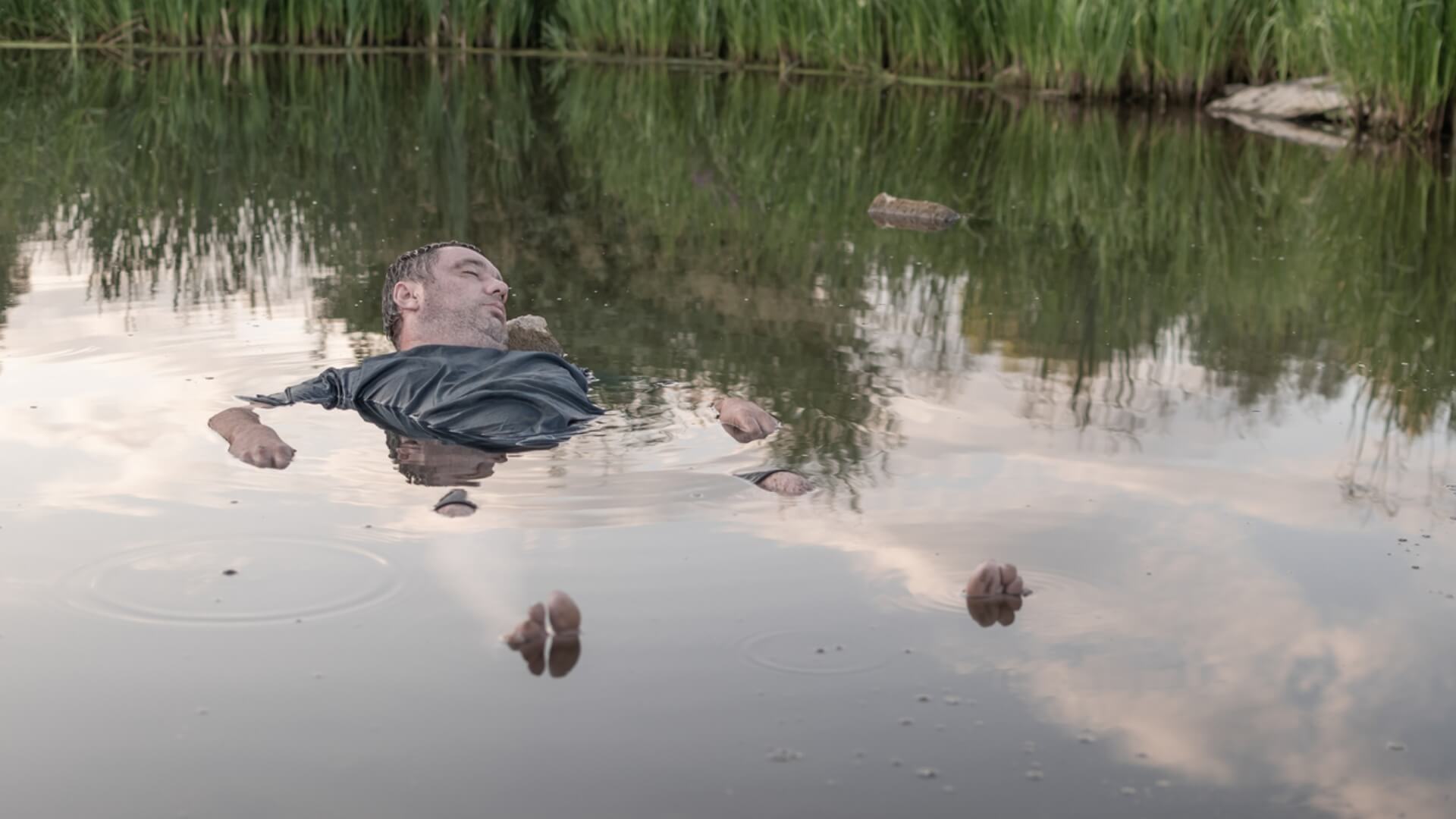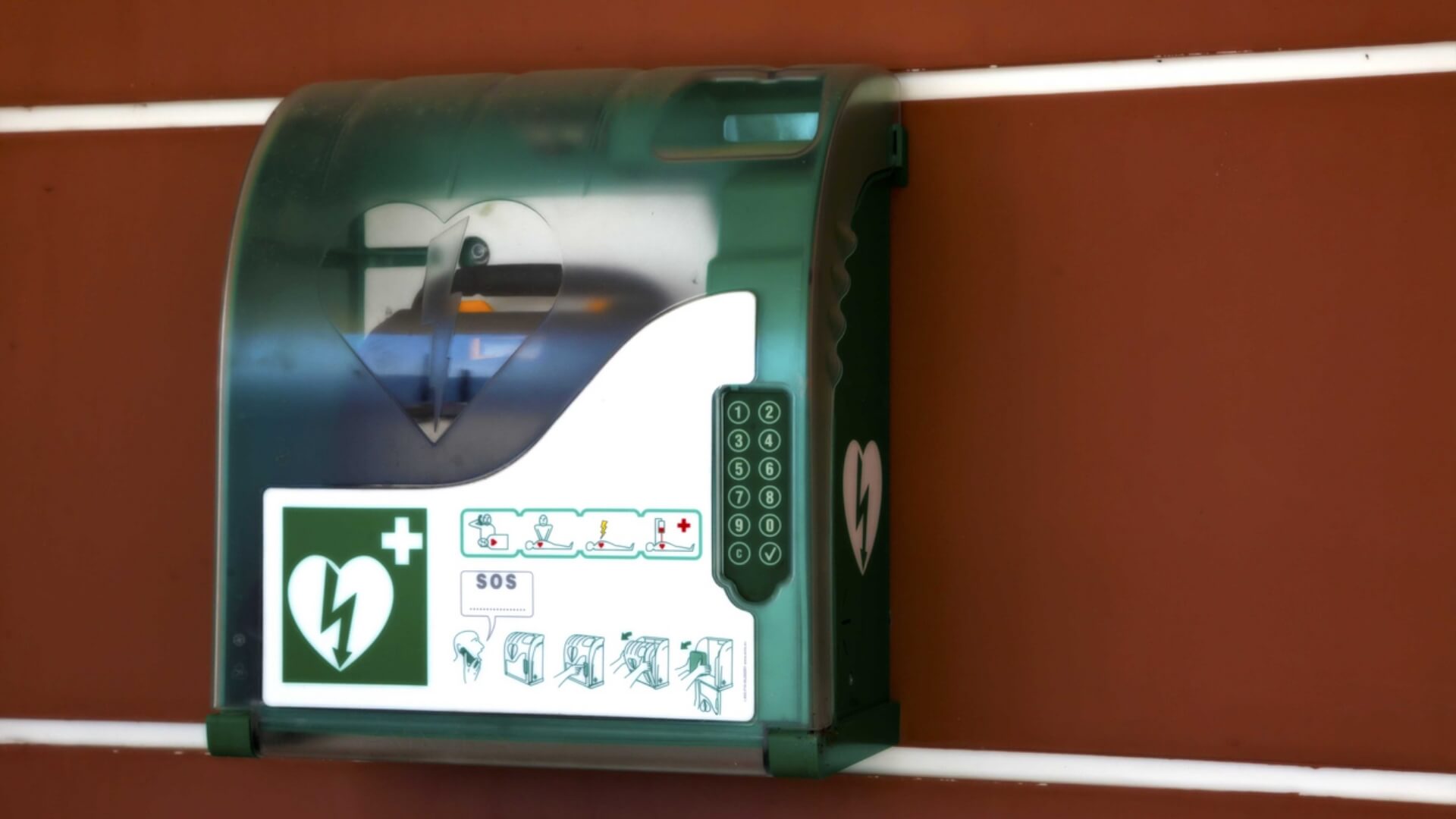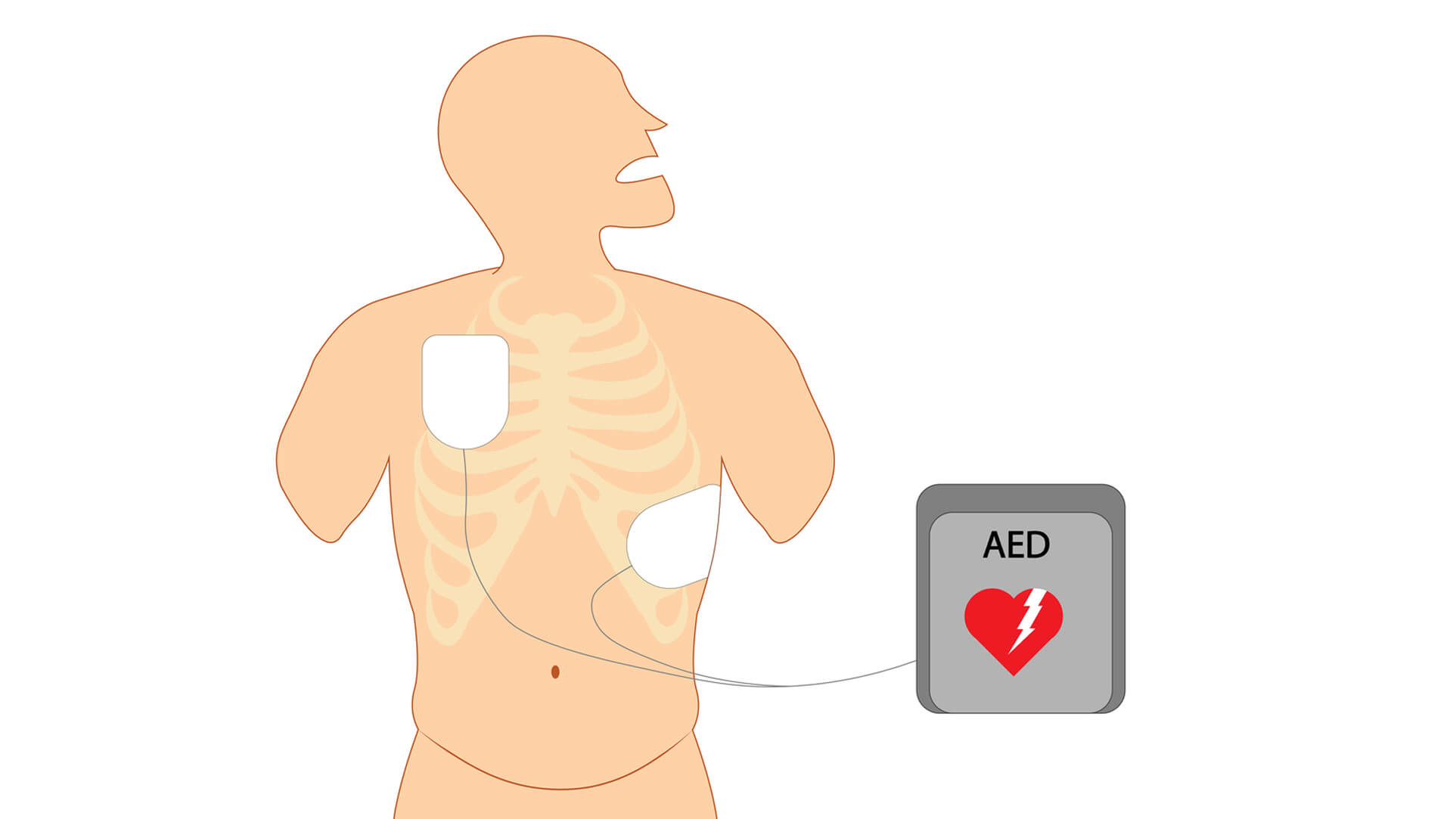-
Written By Ayaan Shohan
- Published
AED on Someone Submerged in Water or Snow – Is It Safe and Effective?

If a person is completely submerged in water, using an AED is unsafe and ineffective. If they are only a little wet—like after swimming, being caught in the rain, or lying in snow—you can still use the device. Dry their chest completely before attaching the pads. In sudden cardiac arrest near water or ice, every second matters. Knowing when to use an AED is crucial. Knowing the difference between safe and unsafe conditions can save a life.
How an AED Helps with Sudden Cardiac Arrest
Sudden cardiac arrest occurs when the heart’s electrical signals fail. This failure stops the heart from pumping blood. In critical moments, time is everything. Without immediate CPR and defibrillation, survival chances drop fast. They decline by about 10% for every minute that passes. Swift action can truly determine whether a life is saved or lost.
An automated external defibrillator (AED) can help restart a normal heartbeat during sudden cardiac arrest. It first checks the heart’s activity. It will only deliver a shock if it detects a treatable rhythm, like ventricular fibrillation or pulseless ventricular tachycardia.
Can you use an AED on someone submerged in water?
Using an AED on someone in water is risky. Electricity can move through the water, which may hurt others nearby. It can also lessen the shock’s effectiveness. For safety, move the person to a dry spot. Make sure their chest is completely dry. Then, place the pads to deliver the treatment effectively.
Can you use an AED in the snow?
Snow usually keeps a person on the surface instead of sinking. This allows for AED use in these conditions. In snowy or icy places like ski slopes or ice rinks, keep the chest dry. This helps the pads stick well, so the device can provide quick and effective treatment.
What should you do if you need to use an AED on someone submerged in water?
Drowning can lead to cardiac arrest, making AEDs essential in water-related environments. In New York, all swimming pools must have an AED on-site. This law helps ensure a quick response during emergencies.
If someone has a sudden cardiac arrest in water, like at a pool or beach, quick action is vital. This helps boost their chances of survival.
- Check the area first. Make sure it’s safe. Then, approach the person in the water and help them out. Once it is secure, move them quickly to the nearest dry location.
- Call 911 immediately, have someone bring an AED, and begin hands-only CPR without delay.
- Once the AED is ready, remove any wet clothing from the person’s upper body to ensure the pads stick properly. Use the provided scissors if necessary, and make sure the chest is bare and dry before attaching the pads.
- Dry the person’s bare chest with a towel or dry clothing. Don’t forget the upper stomach, neck, rib sides, and underarms. This helps the AED pads stick properly.
- After the chest is fully dry, attach the AED pads directly to the skin in the proper positions. See our full guide for placement tips for adults, kids, and people with pacemakers.
- Keep performing CPR until the AED is ready and activated.
What to do if you need to use an AED on someone on snow or ice?
Using an AED in snowy conditions is generally easier than using one on a person who has been submerged in water.
Make sure the person’s chest and nearby area are dry before putting on the AED pads. If available, place the device on a jacket to protect it from the cold. Before delivering the shock, say “stand clear” to make sure no one touches the victim. Then, proceed with the shock.
Recommended AED machines for use near water and snow.
Not all AEDs are the same. While all can deliver a life-saving shock, some work better in cold, wet, or humid conditions. The HeartSine Samaritan PAD 350P and HeartSine Samaritan PAD 450P are reliable choices. They perform well in tough conditions.
- Weighing only 2.4 pounds, the Samaritan PAD is light and compact. This makes it easy to carry across sand, snow, or ice to help someone in need.
- The Samaritan PAD is very durable. It has an IP56 rating, which means it’s resistant to dust and water. Plus, it has passed tough military-grade drop tests.
- The Samaritan PAD works best between 32°F and 122°F. It handles humidity levels from 5% to 95% without causing condensation. Plus, it performs effectively at altitudes of up to 15,000 feet.
Don’t put an AED in water or snow while using it. This can harm the device and create electrical risks for the patient and those nearby.
Know what to do and save a life.
An AED should not be used when a person is in water. Yet, once they are out and their chest is dry, it can usually be used safely.
AEDs can handle some water and dust. This lets them work in different places. With proper training, you can use one confidently to help save a life.
FAQs
Can you use an AED that is submerged in water?
No, you cannot use an AED on someone who is submerged in water. Remove the person from the water and fully dry their chest before applying the pads. This prevents electrical risks and ensures that the shock is effective.
Can you use an AED on a wet person?
Yes, you can use an AED on a wet person as long as their chest is quickly dried. Drying the chest area helps the pads stick well. This ensures that they deliver the shock safely, even if wet from rain, snow, or splashes.
Can you use a defibrillator on someone who is wet?
Yes, a defibrillator can be used on someone who is wet if you remove excess moisture from their chest first. This step is key. It helps avoid electrical risks and ensures the shock effectively reaches the heart.
Can you defibrillate a wet person?
You can defibrillate a person who is wet without risk. First, dry their chest. Then, make sure they aren’t lying in water. This simple prep helps the device work well. It also lowers the risk of harm to others nearby.
Conclusion
In emergencies by water or snow, knowing how to use an AED can save lives. Never use the device on someone who is fully submerged. Quickly move them to a dry area. Prepare their chest and follow the AED’s prompts. This can greatly improve their chances of survival. With the right knowledge and confidence, you can act quickly and safely. This is true even in tough situations, and it can help save a life.

